Many young boys (and some girls) dream about becoming an astronaut when the grow up. Going to space still is something magical. And Buzz Lightyear from Toy Story being an astronaut also helps! These ten men and women, and even a dog, have made this dream come true, the top 10 most famous astronauts:
10. Sergei Krikalev
NASA
Sergei Krikalev was something of an athlete in his youth, enjoying swimming, cycling and skiing. This does not mean that he was a ‘dumb jock’ though; he earned a mechanical engineering degree at university, before going to work for NPO Energia, the body responsible for manned space flights in Russia. In 1985 he was chosen to be a cosmonaut and began his training, undertaking his first space flight in late 1988. He is now retired (as of 2007), but achieved six space flights and currently holds the record for spending the most time in space: a total of 803 days, 9 hours and 39 minutes, a time which included Krikalev being in space when the Soviet Union dissolved.
9. Valeri Polyakov
Unusually for an astronaut, Valeri Polyakov does not have an engineering background, instead holding a medical degree. Following this qualification he was drawn to the field by dint of studying the effects of space travel on the human body, the fledgling field of astronautics medicine. He segued into space medicine following the example of the first doctor in space, Boris Yegorov. He was selected as a cosmonaut in March 1972 and travelled to the MIR space station. His second mission is the one that really made his name, being the longest period of unbroken time that anyone had ever spent in space. During his 437 days in space, Polyakov completed more than 7,000 orbits of Earth. The length of the mission was no fluke. Polyakov had volunteered, as the authorities were interested in the effects of space travel on the human body over the long term. He retired from active duty in 1995, but remains interested in space travel and is active in furthering the knowledge and understanding of the world outside of our atmosphere.
8. Jerry L. Ross
NASA
Jerry L Ross holds a Bachelor of Science degree, topped by his Master’s degree, both of which are in mechanical engineering. His alma mater, Perdue University, was also where he began his military career, joining the Air Force ROTC. After completing his education, he joined the Air Force full time and worked on a number of high level projects, while gaining air experience with 21 different types of aircraft and acquiring a private pilot’s licence along the way! He was chosen to be an astronaut in 1980 and went on to score seven space flights, a record shared only by Franklin Chang-Diaz. During his space missions he achieved an impressive 9 spacewalks or EVAs (extra-vehicular activities) which was a record until it was surpassed by Michael Lopez-Alegria’s ten. However there is speculation that Ross did, in fact, undertake an extra EVA on one of his missions. However, the mission was, and still is, classified so the proof of this potential tenth EVA is not forthcoming at present!
7. Chris Hadfield
NASA
Chris Hadfield’s best claim to fame is that of being the first Canadian to walk in space. Hadfield, the son of an Ontario farmer, watched the Apollo 11 moon landing on television and, along with millions of other children, was inspired to become an astronaut from the age of nine. Unlike the vast majority of those children, his dream did not leave him and he joined the Royal Canadian Air Cadets and earned a degree in engineering, followed by a Master’s degree in aviation systems; the latter while taking part in an exchange program with the USA. In 1992 he was accepted as an astronaut by the Canadian Space Program. There were only four openings and a staggering 5,330 applicants! Hadfield has been into space three times; twice on missions and once to command the International Space Station for a period. While on the latter undertaking Hadfield became one of the best known astronauts by establishing a strong and fascinating social media presence using Twitter, Reddit and Tumblr to entertain and educate his audience from the ISS. He finished his tour with a nod to David Bowie by performing Space Oddity. He retired shortly after returning to earth following his stint on the ISS and has written a hugely successful memoir, ‘An Astronaut’s Guide to Life on Earth’.
6. Alan Shepard
NASA
Alan Shepard was the first American in space and second person ever to go into space. Even before his personal fame Shepherd was a ‘someone’, being descended from the original American settlers that travelled on the Mayflower. His military father perhaps guided his career choice, but he showed an interest in flying from a very early age, receiving his first flying lesson in exchange for helping to clean a hangar. He graduated from the United States Naval Academy with a degree in engineering and promptly signed up with the navy. He served during World War II and served several tours aboard an aircraft carrier. After the war he was instrumental in testing a number of naval innovations, including in-flight refuelling processes and test flying several new aircraft. In 1959, Shepard was one of 110 pilots chosen by their captains for a new program known as the National Aeronautical and Space Administration. Following a series of arduous tests, Shepard was picked as one of seven astronauts. The USA was in a battle with the USSR to send a man into space and Shepard’s first mission should have won that race, being scheduled for October 1960. Delays saw it rescheduled to May 1961, by which time Yuri Gagarin had already gone into space and orbited the earth. Gagarin’s craft was entirely automatic, but Shepard had a measure of control over his craft. At the age of 47, by far the oldest astronaut in the program, Shepard was chosen for the Apollo missions, travelling to the moon with Apollo 14 and sending colour images back to earth as well as striking a couple of golf balls ‘miles and miles and miles’! For all his daring and pioneering work, Shepard received a fistful of awards and medals from his proud and grateful government, becoming a public figure and writer. He died (only the second person to die of all of those who had walked on the moon) from leukaemia on the 21st of July 1998, at the age of 74. His wife of 53 years died just five weeks later.
5. Jim Lovell
NASA
There are few people who do not know about the potentially catastrophic Apollo 13 mission, thanks in part to the 1995 movie based on Lovell and Jeffry Kluger’s book about the mission. The movie starred Hollywood heavyweights like Gary Sinise, Kevin Bacon, Ed Harris, Bill Paxton and Tom Hanks who played Lovell. However, Lovell’s career spanned more than that one flawed mission. Lovell was always interested in rocket science and built flying models from an early age. Lovell served less than one year as a pilot before being selected as one of the 110 potential astronauts. Lovell’s first two missions, for the Gemini project, saw him spend more time in space than any other astronaut at the time. He flew four missions altogether and is one of only 24 people to travel to the moon. He was the first of three people to fly to the moon twice and is the only person to have flown there twice without landing. Lovell played a cameo role in the movie Apollo 13, playing the captain (the rank he retired with, at his own insistence: filmmakers wanted him to play an admiral) of the Iwo Jima, the vessel that recovers the astronauts after their successful splashdown. He can be seen shaking Tom Hanks’ hand once aboard the vessel.
4. Laika (Dog)
Laika is perhaps the most famous dog in history: not a bad start for a dog originally found on the streets of Moscow. Somewhat cruelly, there was no expectation of Laika’s survival, mainly because the effects of take-off, orbit and space travel were entirely unknown, but also because there was no known way to ‘de-orbit’ a space ship and return it safely to the earth at that time. Perhaps mercifully, Laika died quickly from overheating, having survived take off, although the authorities monitoring her vital signs claimed that she actually died six days later, when her oxygen ran out. However tragic her demise and cruel this treatment of a defenceless dog, the experiment was ultimately hugely successful, proving that a living creature could survive the trauma of launch, weightlessness and the mere fact of being in space: all unknown prior to her flight. Laika’s contribution to the space program was acknowledged in 2008, when a monument to Laika was unveiled near the military research facility in Moscow. It features a rocket with a dog standing atop it.
3. Valentina Tereshkova
RIA Novosti archive, image #612748 / Alexander Mokletsov / CC-BY-SA 3.0
The only woman on this list, Valentina Tereshkova is also the only civilian. The latter classification is something of a technicality as she was an honorary inductee into the Soviet Air Force in order to join the Cosmonaut Corps. Prior to becoming a cosmonaut, Tereshkova worked in a factory and enjoyed recreational sky-diving. From humble beginning, Tereshkova became the first woman in space on the 16th June 1963, orbiting the earth 48 times and spending three days in space – in that one trip exceeding the combined flight time of all the USA astronauts of the time. Despite battling nausea and physical pain for much of her trip, Tereshkova maintained a meticulous flight log and took a series of photographs of the horizon which were later used to identify the various layers present in the atmosphere. Her call sign was Chaika, which means seagull. After her safe return to ground it would be another 19 years before another woman ventured into space.
2. Yuri Gagarin
Perhaps the most famous Russian of our times, Yuri Gagarin was born to humble working people: his mother was a milkmaid and his father was a carpenter and bricklayer. At the age of 16, Gagarin was apprenticed at an iron foundry, simultaneously attending night school to achieve Grade 7. During the weekends he volunteered as Soviet air cadet at a local flying club. His excellent grades and interest in flying saw him drafted into First Chkalov Air Force Pilot’s School after graduation. In 1960 Gagarin and 19 others were chosen for the fledgling cosmonaut program. In April 1961, Gagarin was launched into space, becoming the first human to travel into space and to orbit the earth. Following this one venture into space Gagarin become an instant world-wide celebrity. Tragically, Gagarin was killed in a routine training exercise at the tender age of just 34. Those who met him the surprisingly diminutive man agree that his smile was perhaps his most endearing trait, with Sergei Korolev stating that Gagarin had a smile that could ‘light up the Cold War.’
1. Neil Armstrong
NASA
It is perhaps fair to say that Neil Armstrong’s head was always firmly in (or above) the clouds. He became interested in flying at a very early age and obtained his pilot’s licence before he got his driving licence! At 17 he began to study aeronautical engineering at Perdue University, signing up for the Holloway Plan (an agreement with US Navy) to fund the tuition. He served in the Navy, gaining a great deal of experience with various planes. After obtaining his first degree and working for a time, Armstrong returned to University and gained a Master of Science degree, also in aeronautical engineering. He then worked as a test pilot, before being chosen for the ‘Man In Space Soonest’ program. He took part in the Gemini missions, but it is Apollo 11 that made him an instantly recognisable name all over the world. On the 16th July 1969 Apollo 11 was launched, travelling to the moon in around three days. Armstrong had been selected, by committee some months before, to be the first man on the moon. He was chosen as he was known to have little in the way of ego. As Armstrong descended the ladder to the moon’s surface he spoke the now immortal lines, ‘That’s one small step for (a) man, one giant leap for mankind’. Contrary to popular legend, he did not plan the words until the lander was safely on the surface of the moon – mainly because he was very aware that there was a fairly high probability that they would not survive the journey! Armstrong, along with Buzz Aldrin, the second person to set foot on the lunar surface, had a series of tasks to perform including speaking to the then President of the USA, Richard Nixon, planting a US flag and taking a series of photographs. His final job was to remind Buzz Aldrin to place a memorial to the deceased astronauts. They included Gus Grissom, Ed White and Roger Chaffee of the doomed Apollo 1 mission and Soviet colleagues Yuri Gagarin and Vladimir Komarov. Neil Armstrong died in 2012, at the age of 82 following a procedure to unblock his coronary arteries.

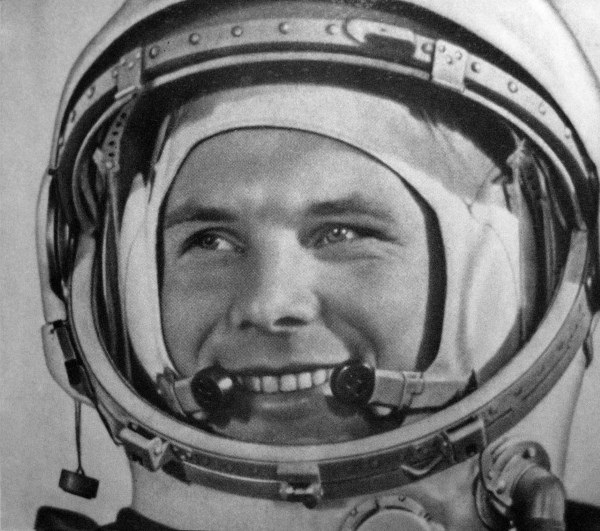
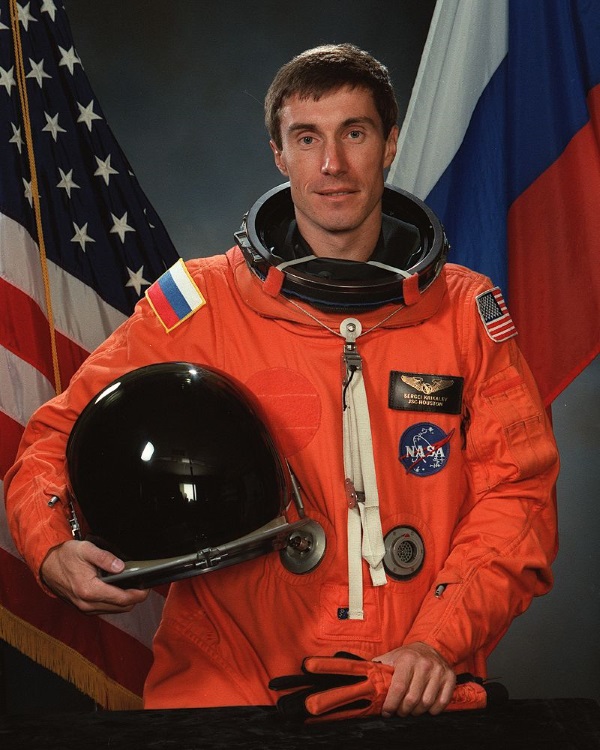
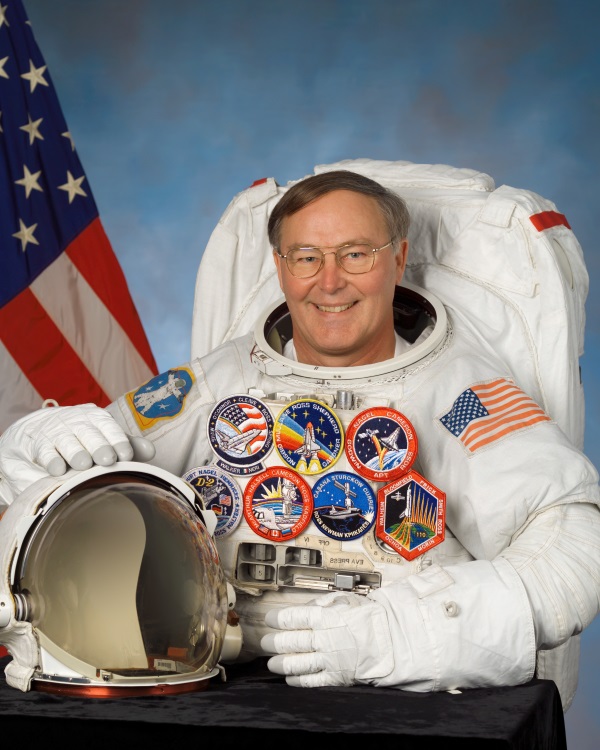
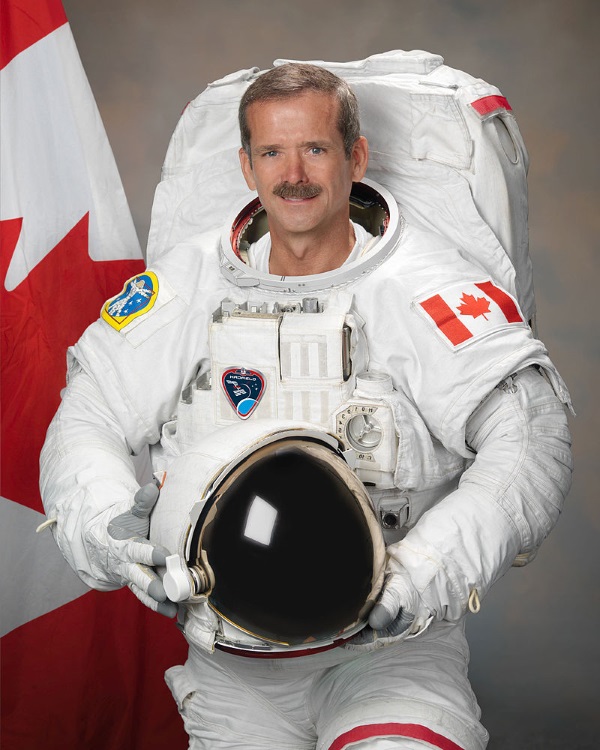

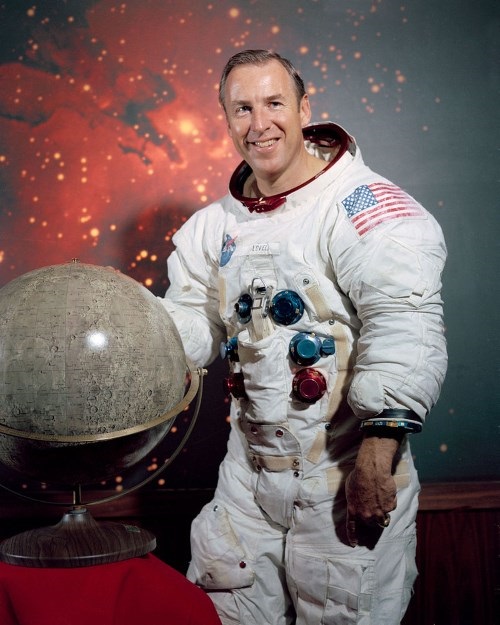
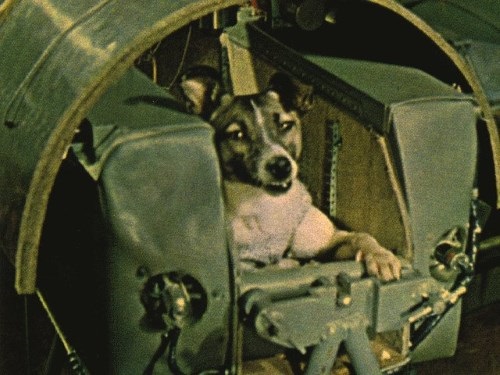
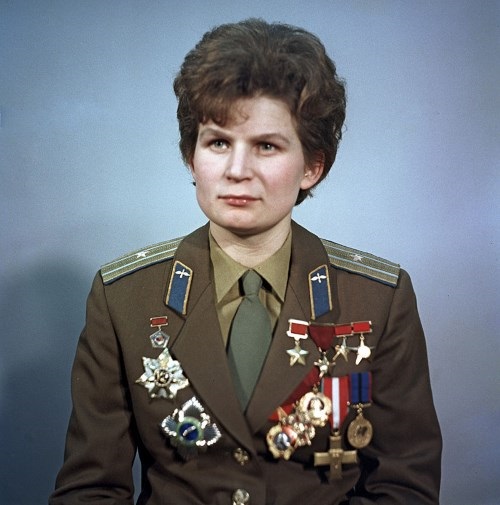
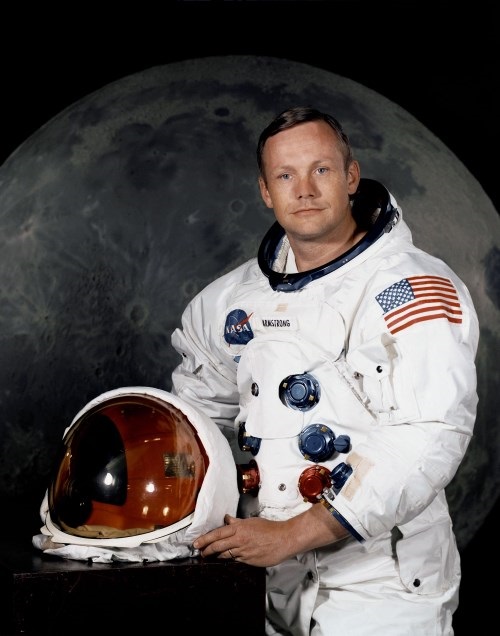
1 Comment
I am also want to be a astronaut.
how can I contact with famous astronauts.